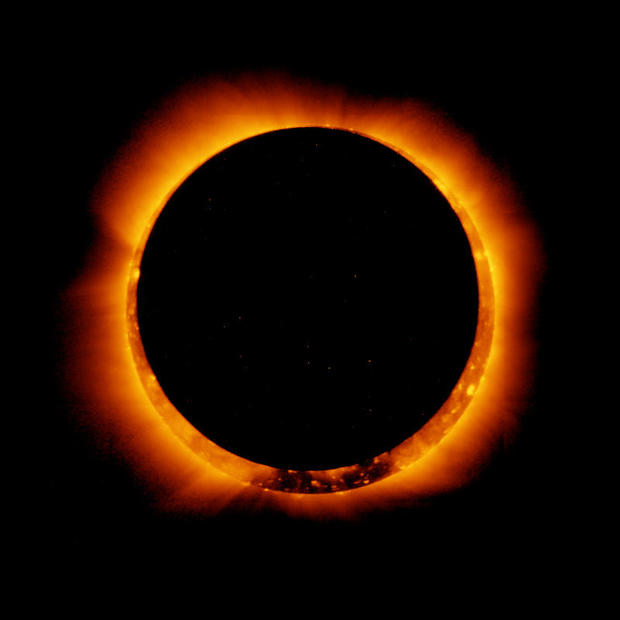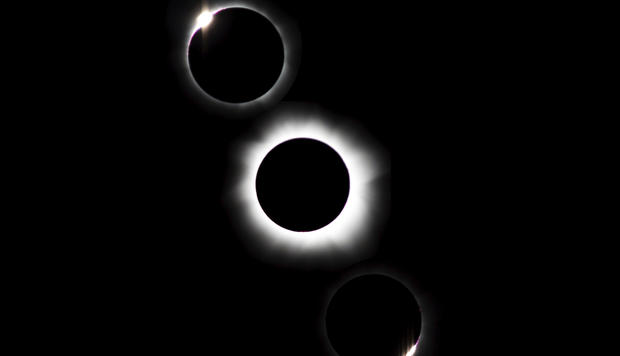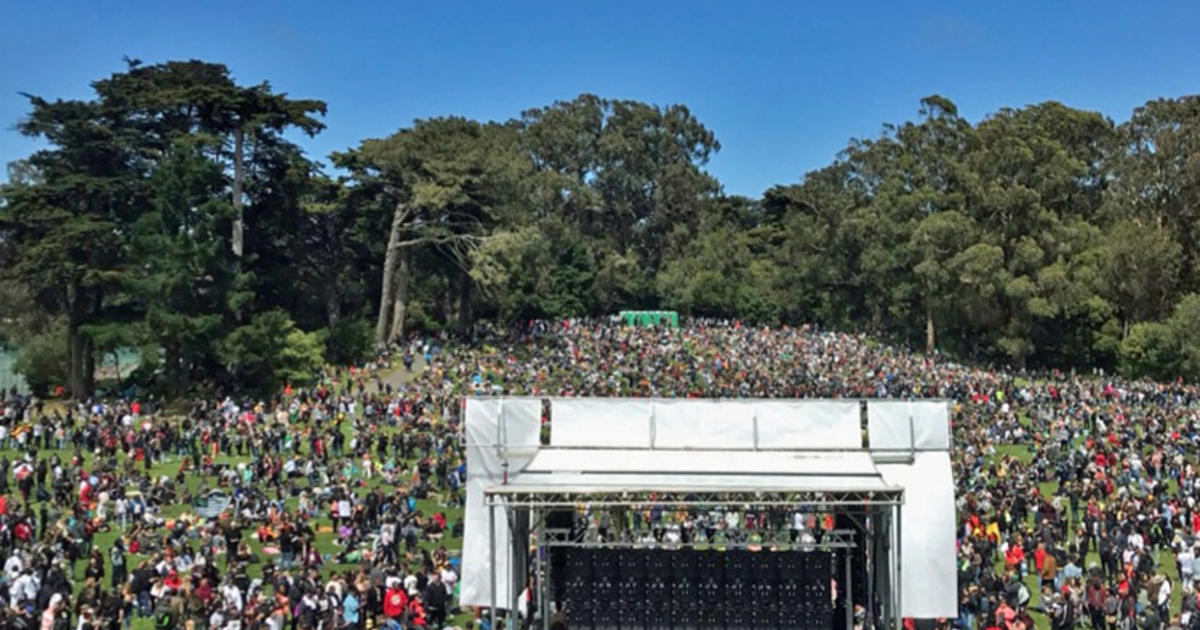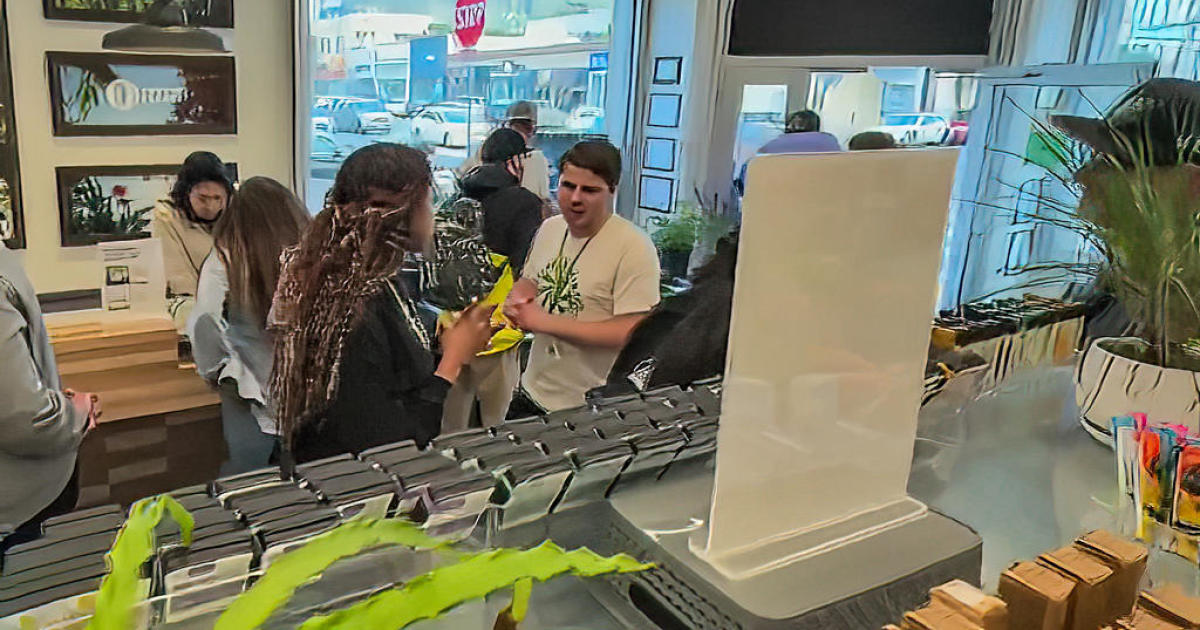How To Watch Today's Amazing Total Solar Eclipse LIVE From Micronesia
SAN FRANCISCO (CBS SF) -- A total solar eclipse will sweep across the skies over Micronesia Tuesday. You can see it happening live even if you are not in the area of visibility thanks to the San Francisco Exploratorium and NASA.
The path of totality for Tuesday's eclipse -- meaning the area on earth where you see the moon cover the sun -- is only 100 miles wide, and sits out in the middle of the Pacific Ocean. Only people on or sailing near the Indonesian Islands of Sumatra, Borneo or Sulawesi will be able to watch it happen.
CLICK HERE: Watch The Live Telescope (Be sure to press PLAY)
CLICK HERE: Watch The Total Solar Eclipse Live From Micronesia
Fortunately for the rest of us, the Exploratorium's web team has traveled to the coral island of Woleai, some 500 miles north of New Guinea where they will stream this amazing solar event live.
The eclipse begins at around 5:00 p.m. Pacific Standard Time and will last barely five minutes but the Exploratorium is streaming the entire event with "real-time imagery" from four telescopes on Woleai, and hosting a special four-hour program in San Francisco.
For those who want to watch the eclipse from their computers, phones, or tablets, the Live Eclipse Webcast is from 5:00 - 6:00 p.m. The Exploratorium's Telescope-only feed is from 4:00 - 7:15 p.m., and there is Spanish narration between for a half-hour, beginning at 5:15 p.m.
Visitors are invited to gather at the Exploratorium, for a Total Eclipse program hosted by Ron Hipschman that will include Exploratorium scientists and educators, high-def images from NASA satellites, and short films. The program is from 4:00 - 8:00 p.m. and includes a telescope-only feed that ends at 7:15 p.m. There is also Spanish narration available from 5:15-5:45 p.m. There are more details on the Exploratorium's website.
Warning to those fortunate enough to live in the viewing area: be sure to watch the eclipse safely.
NEVER look at an eclipse without something to protect the eyes, and NEVER stare at the sun, or watch an eclipse through binoculars. There are instructions on how to make a DIY eclipse projector with a white sheet of paper or a card with a pinhole or small opening on NASA's website.
Scientists say next year's total solar eclipse on August 21 will be visible throughout the continental United States.
CBSSF.com writer, producer Jan Mabry is also executive producer and host of The Bronze Report. She lives in Northern California. Follow her on Twitter @janmabr.





